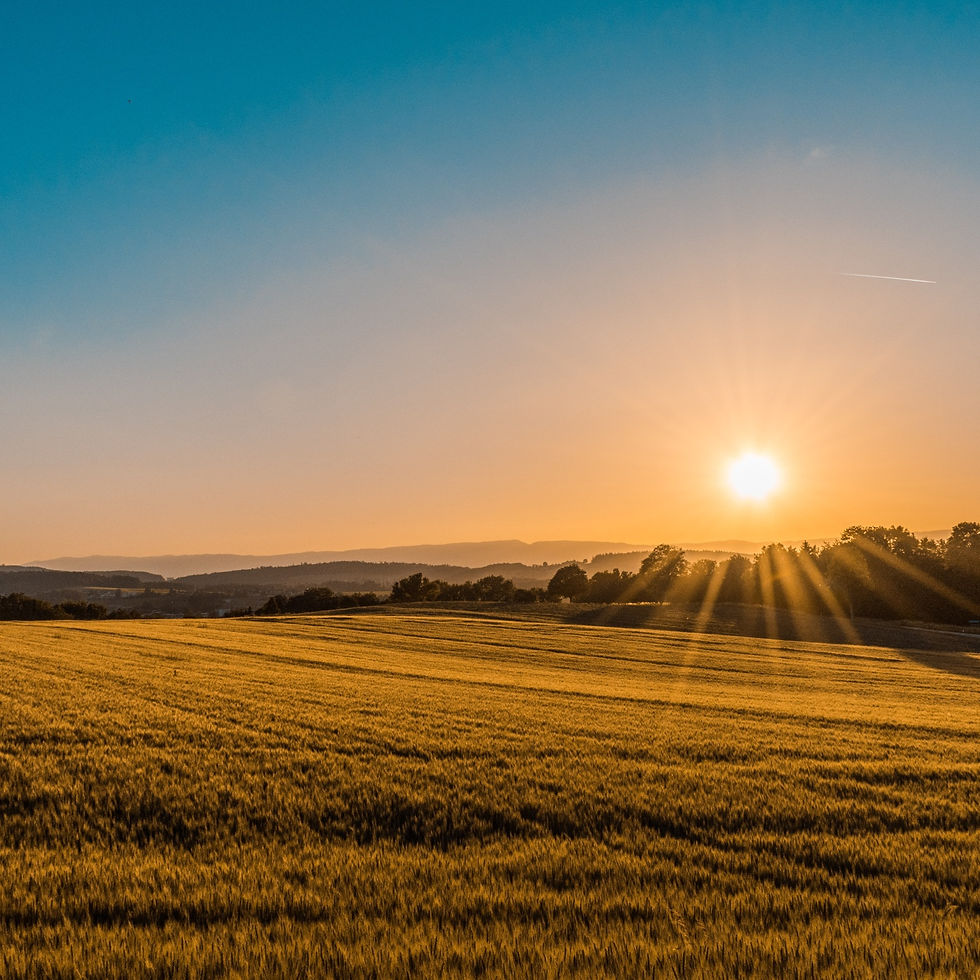Stars
- Liveology
- Mar 11, 2021
- 2 min read
Updated: Feb 14, 2023
Stars are like factories, turning hydrogen and helium into heavier elements like gold.

Etymology
stella (Latin) - star
aster (Greek) - star
Nebula
A nebula is an interstellar cloud of hydrogen and helium, within which stars begin to form.
Protostars
A protostar is a star in formation. This is the period when gravitational forces draw a cloud of hydrogen and helium gases together, which increases in density and heat, before it begins its nuclear fusion reaction.
Brown Dwarf Stars
Brown dwarf stars never "ignite" or begin nuclear fusion.

Red Dwarf Stars
Red Dwarf stars are the smallest, dimmest stars, and they are the most common. They burn hydrogen at their cores and emit infrared light, which makes them appear red.
Red dwarfs have a lifespan of tens of billions or even trillions of years.
Main Sequence Stars

Our Sun is a Main Sequence Star, which is one of the most common types of stars.
Within their cores, main sequence stars convert hydrogen into helium and burn bright white.
Main sequence stars can live for 10 billion years.
Hypergiant Stars
A hypergiant star can be hundreds of times larger than our Sun. These stars are rare. There are only a few hypergiants in the Milky Way galaxy.
Within their cores, hypergiant are like factories. They convert hydrogen and helium into denser elements such as gold and iron.
Hypergiant stars have a lifespan of only a few million years.
White Dwarf Stars
A white dwarf star forms when a small to mid-sized star runs out of hydrogen and no longer has a nuclear fusion reaction. Like a piece of coal right out of the fire, the star remains bright for some time, even though the combustion has ended.
Supernovae

A supernova is when a giant star explodes by death or collision with another star.
A star dies when the star runs out of hydrogen that fuels the nuclear reaction keeping it bright. When the reaction burns out, the star suddenly cools. Almost at once, star collapses and then explodes under the enormous pressure.
Supernovae are so bright that they can be seen across the universe for days, weeks, or even months.
In time, the exploded gases and particles from the supernova will form into a nebula, where new stars can form.
Neutron Stars
Neutron stars are the result of supernovae from hypergiant stars that collapse, under the tremendous amount of gravity, into dense balls of neutrons, sometimes just miles across.


























































Comments